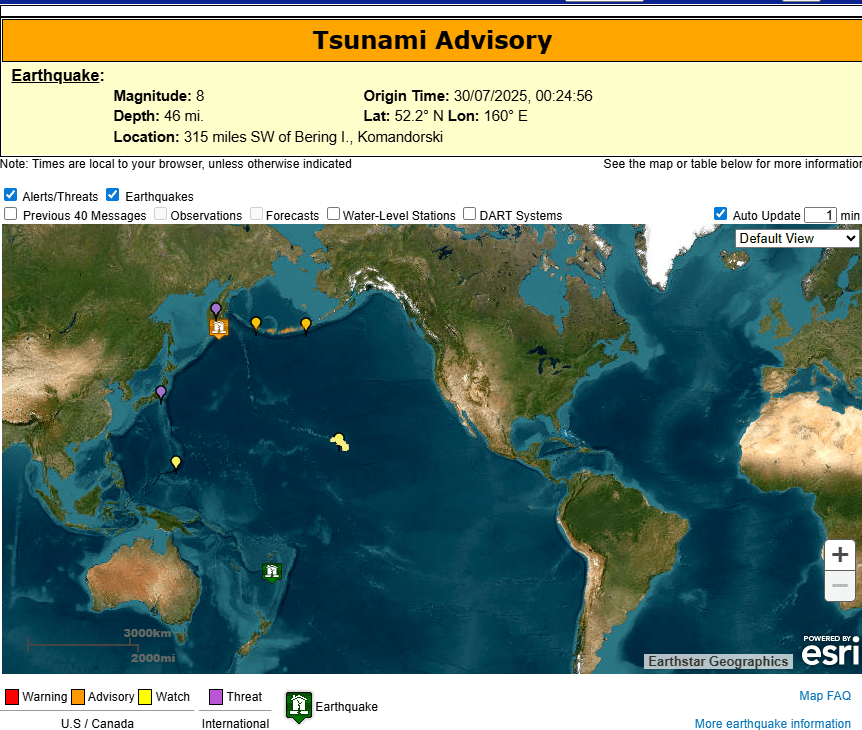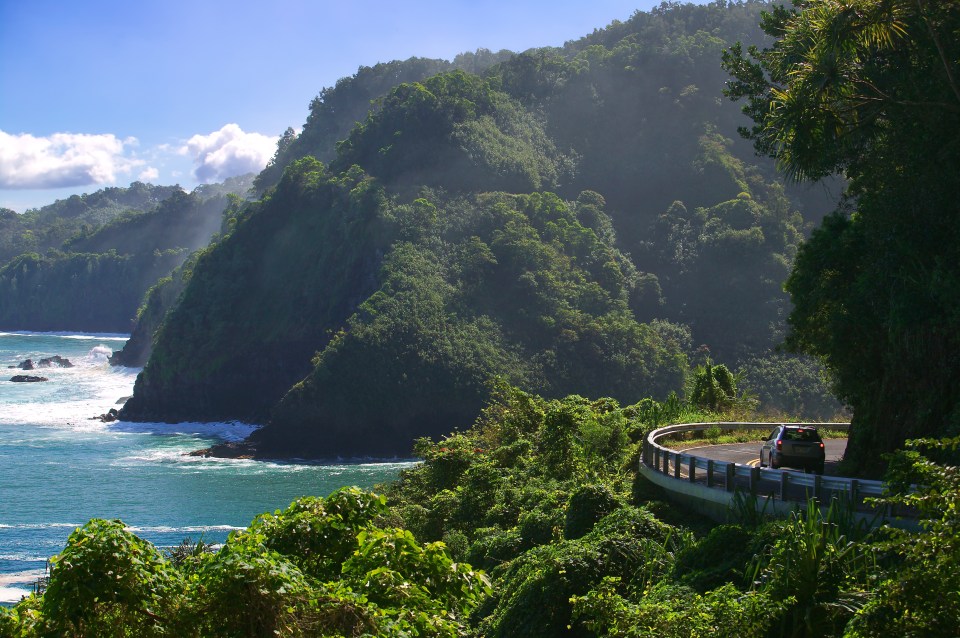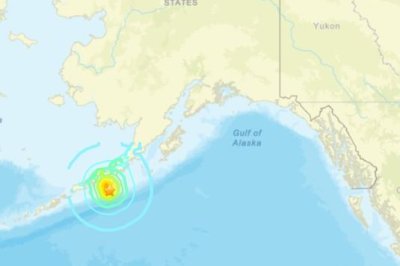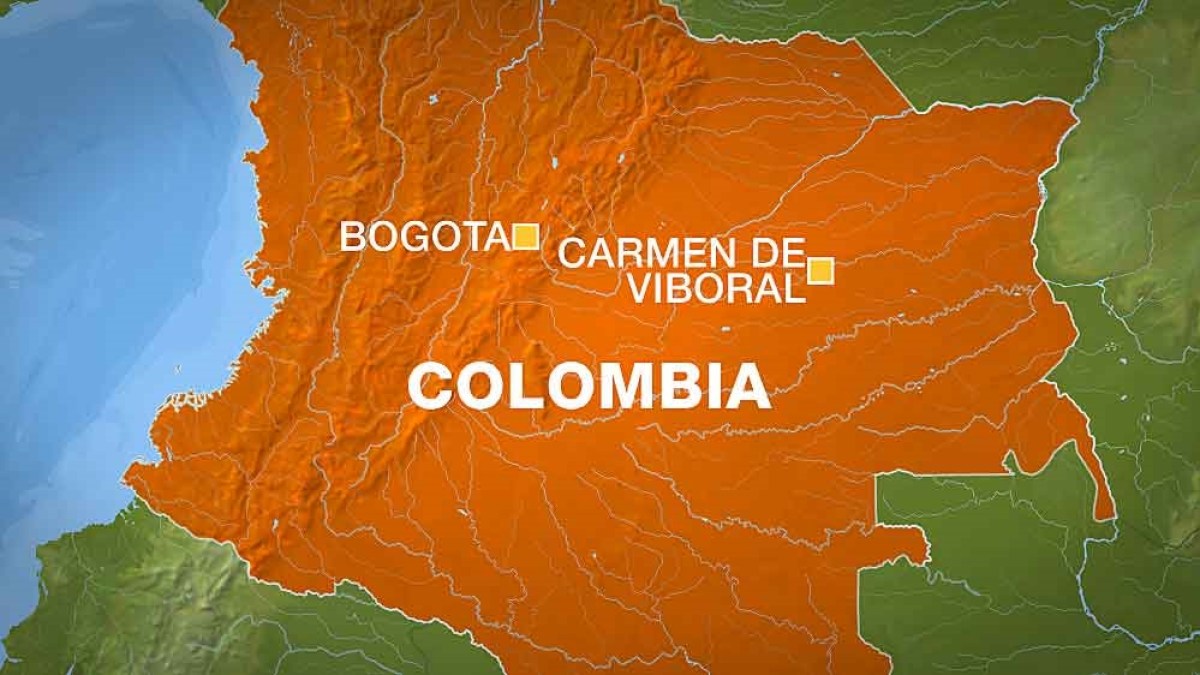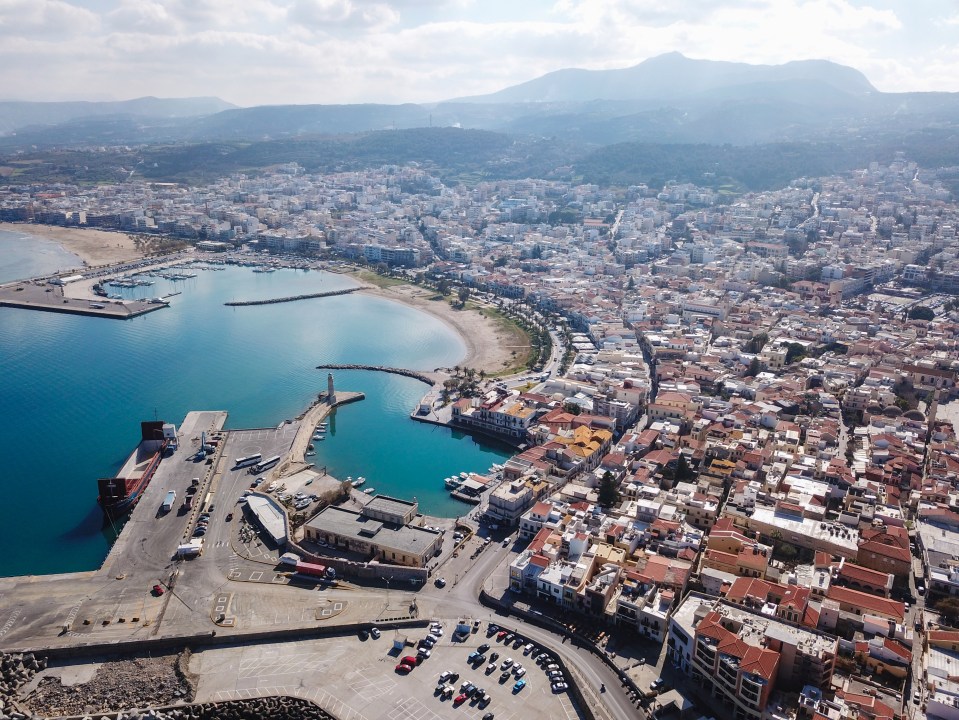Powerful magnitude 6.3 quake hits north Afghanistan’s Hindu Kush region | Earthquakes News
The earthquake comes two months after the deadliest quake in recent Afghan history, which killed thousands of people.
Published On 2 Nov 2025
A powerful 6.3 magnitude earthquake has struck northern Afghanistan, according to the US Geological Survey (USGS), two months after a quake killed thousands of people in the impoverished nation’s east.
The USGS said overnight Sunday into Monday that the quake hit at a revised depth of 28km (17 miles) in Kholm, near the city of Mazar-i-Sharif in the Hindu Kush region, at 12:59 am local time (20:29 GMT). It was felt by correspondents with the AFP news agency based in the capital Kabul.
Recommended Stories
list of 3 itemsend of list
The agency had initially given the depth as 10km (6 miles).
Local authorities broadcast emergency telephone numbers for people to call, but did not immediately report any deaths or injuries.
In Mazar-i-Sharif, many people ran into the street in the middle of the night, fearing their homes might collapse, an AFP correspondent observed.
The Taliban authorities have had to deal with several major quakes since returning to power in 2021, including one in 2023 in the western Herat region on the border with Iran that killed more than 1,500 people and destroyed more than 63,000 homes.
A shallow 6.0-magnitude quake struck this year on August 31 in the country’s east, killing more than 2,200 people – the deadliest tremor in recent Afghan history.
Earthquakes are common in the country, particularly along the Hindu Kush mountain range, near where the Eurasian and Indian tectonic plates meet.
Afghanistan is contending with multiple crises after decades of war: endemic poverty, severe drought and the influx of millions of Afghans forced back home by neighbouring Pakistan and Iran.
Many modest Afghan homes are shoddily built and poor infrastructure hampers rescue efforts after natural disasters like quakes.
Since 1900, northeastern Afghanistan has been hit by 12 earthquakes with a magnitude above 7.0, according to Brian Baptie, a seismologist with the British Geological Survey.
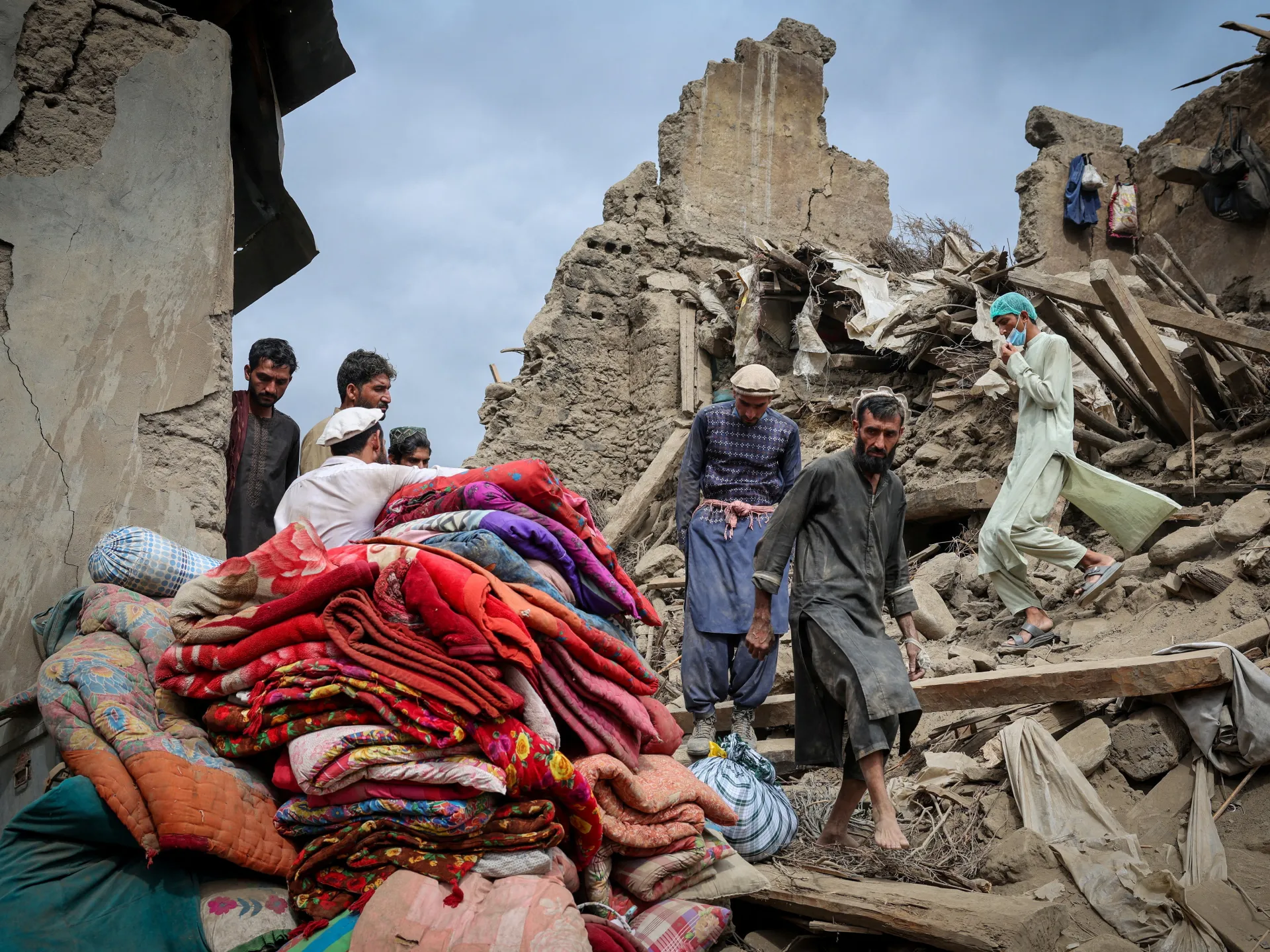

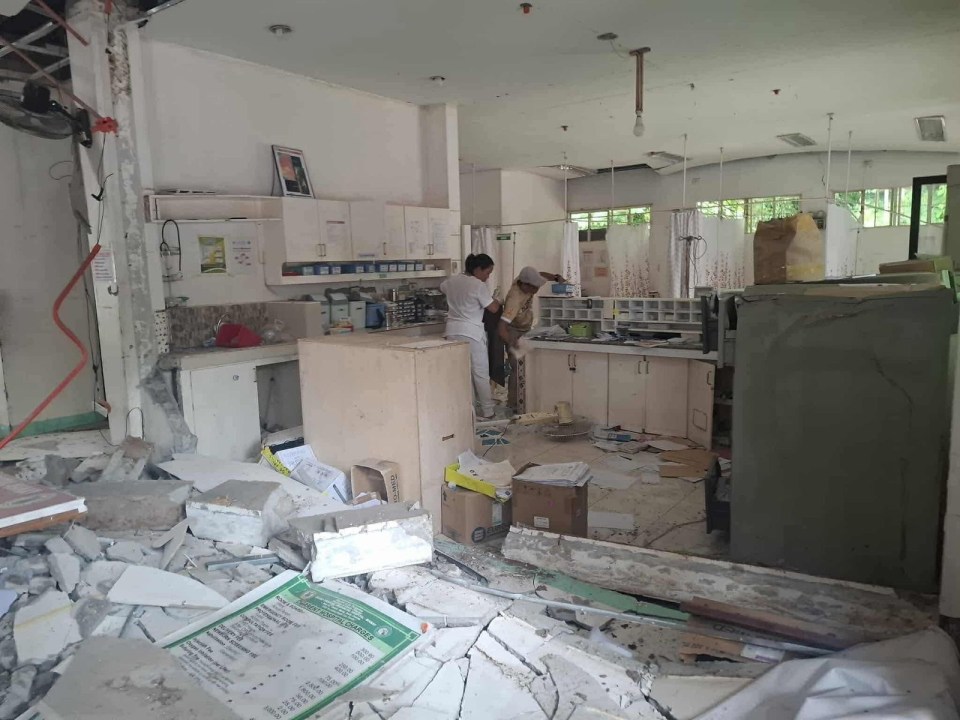





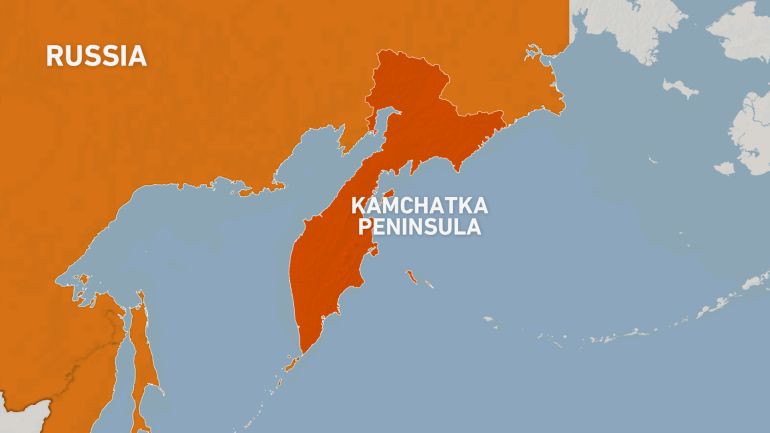
![[Al Jazeera]](https://www.aljazeera.com/wp-content/uploads/2021/07/1000x562_WEB_MAP_RUSSIA_KAMCHATKA.jpg?w=770&resize=770%2C433&quality=80)

